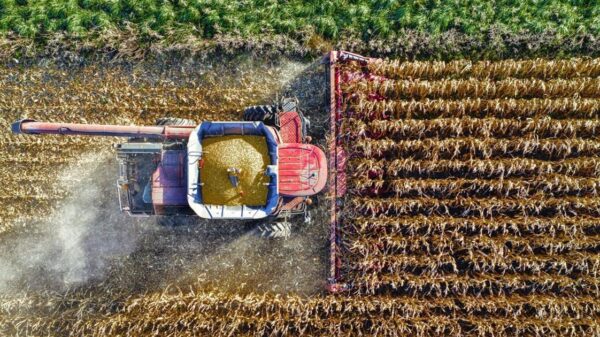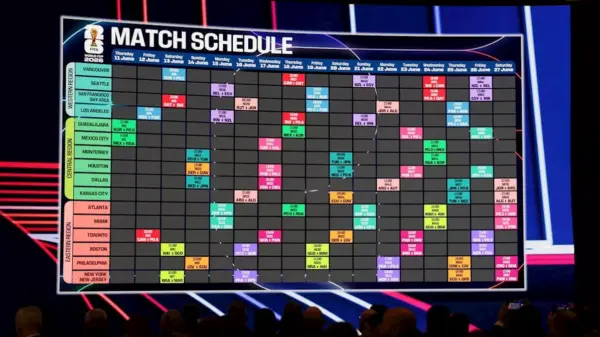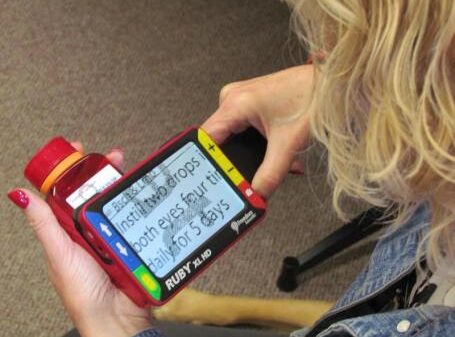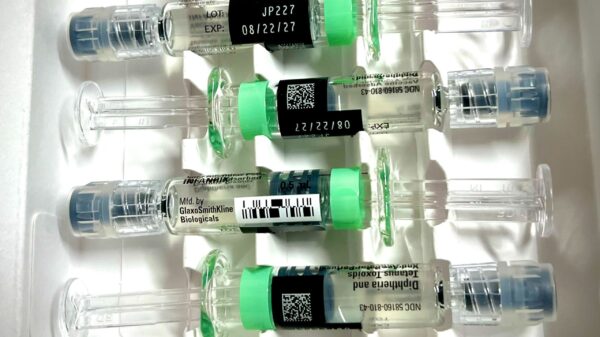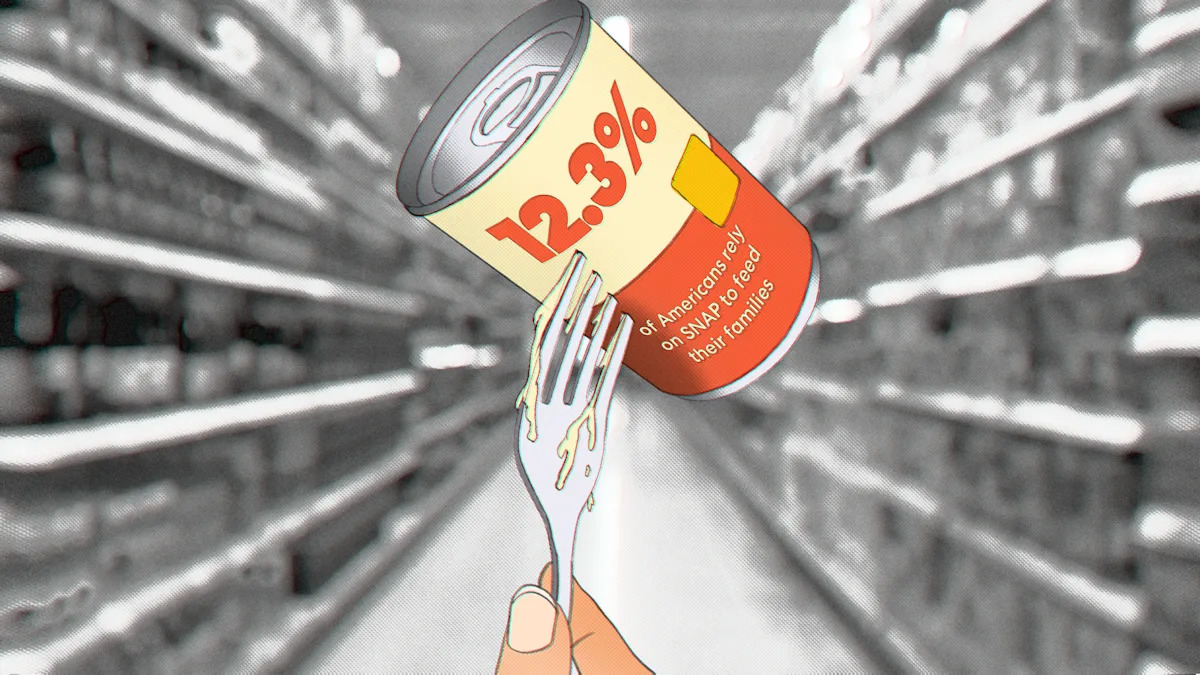The Supplemental Nutrition Assistance Program (SNAP), formerly known as food stamps, plays a crucial role in helping one in eight Americans secure food, according to the Center on Budget and Policy Priorities (CBPP). This program is a lifeline for many individuals, families, and people with disabilities, offering essential support in times of need.
More than 62% of SNAP recipients are part of families with children, with 20% of children under 18 nationwide living in families receiving SNAP benefits in 2022. Additionally, over 38% of SNAP recipients come from working families, and more than 37% include someone who is disabled or elderly, as reported by the CBPP.
“Without SNAP, families miss meals. Kids show up to school hungry. Parents skip groceries to keep the lights on. We’re not talking about convenience. We’re talking about survival,” said Erica Williams, executive director of the nonprofit A Red Circle.
Williams emphasizes that SNAP is the most direct tool available to reduce hunger, noting that many families she works with view it as a temporary aid while they strive for stability.
Understanding SNAP’s Limitations
SNAP benefits can be used to purchase a variety of foods, including dairy products, meat, poultry, fish, fruits, vegetables, and snack foods. However, the program has limitations. Beneficiaries cannot buy hot food or household goods like soap and diapers, nor can they purchase prepared meals, which can be a significant hurdle for working parents.
Despite its benefits, SNAP often falls short due to rising food costs and eligibility restrictions, making it challenging for recipients to meet their needs. Yahoo spoke with several individuals who shared their experiences with SNAP, highlighting both its strengths and shortcomings.
Danielle’s Story: Balancing Work and SNAP
Danielle, a single mother in Missouri, works full-time in administrative support and has been receiving SNAP benefits since her son Marcus was a baby. Despite working 40 hours a week, Danielle still relies on SNAP to help feed her family. Marcus, who is neurodivergent, lives at home while attending community college and working part-time.
However, Danielle and Marcus struggle to make ends meet. Marcus stopped receiving benefits when he turned 18 because he was in school full-time and not working enough hours to qualify. Danielle now has to stretch her benefits meant for one adult to feed both of them.
“I understand the rules,” Danielle says, but she refuses to let her son go hungry or drop out of school. “That means I skip meals so he doesn’t have to.”
Danielle often buys dry pasta, rice, and canned vegetables to stretch her grocery budget. While eggs are a rare luxury, she relies on a nonprofit food bank for fresh produce. Marcus describes their diet as “heavy” and “salty,” leaving him feeling foggy and slow.
Jessica’s Perspective: The Stability of SNAP
Jessica, also a single mother in Missouri, has been on and off SNAP since 2012. She uses her benefits to buy essentials like flour, cereal, cheese, and salmon, but struggles to afford fresh fruits and vegetables regularly. To fill the nutritional gap, she relies on nonprofits like A Red Circle.
“SNAP is not charity. It’s a stabilizing force,” Jessica explains, emphasizing its importance in helping her feed her family amid high living costs and low wages.
SNAP’s Role in Supporting Health and Well-being
Megan, a former public servant in New York, relies on SNAP due to chronic Lyme disease and other illnesses. After her savings ran out, she turned to local food pantries and SNAP to meet her nutritional needs. Megan uses her benefits to buy meat and produce, supplementing the canned and boxed goods from food pantries.
“I literally wouldn’t be surviving without SNAP,” Megan states, noting that SNAP provides peace of mind regarding food access.
However, Megan is concerned about the program’s inability to keep pace with rising grocery prices, which limits her ability to cover monthly needs.
Ryan’s Experience: From SNAP to Self-Sufficiency
Ryan Wilson, a disabled videographer from Colorado, was on SNAP for seven years. Despite the challenges of finding a job that paid a living wage, SNAP helped him cover essentials like food and medical care. Now, as the owner of a video production company, Ryan no longer needs SNAP but remains grateful for the support it provided during difficult times.
“It’s a temporary option. It does not have to be a permanent solution to financial uncertainty,” Ryan reflects.
Looking Ahead: The Future of SNAP
Laura, a single woman from Pennsylvania, has had a fluctuating relationship with SNAP. After losing her job in early 2025, she resumed receiving benefits to help make ends meet. Laura uses SNAP to buy affordable seasonal produce and supplements her groceries with food pantry visits.
While grateful for the assistance, Laura wishes SNAP could cover more necessities like paper products and remove restrictions on purchasing certain foods. She also highlights the anxiety of relying on a program outside her control for basic needs.
“Depending on a program that’s outside of your control, just to feed yourself, is terrifying,” Laura says.
As SNAP continues to evolve, these personal stories shed light on its critical role in supporting millions of Americans, while also highlighting areas for improvement to better serve those in need.



















